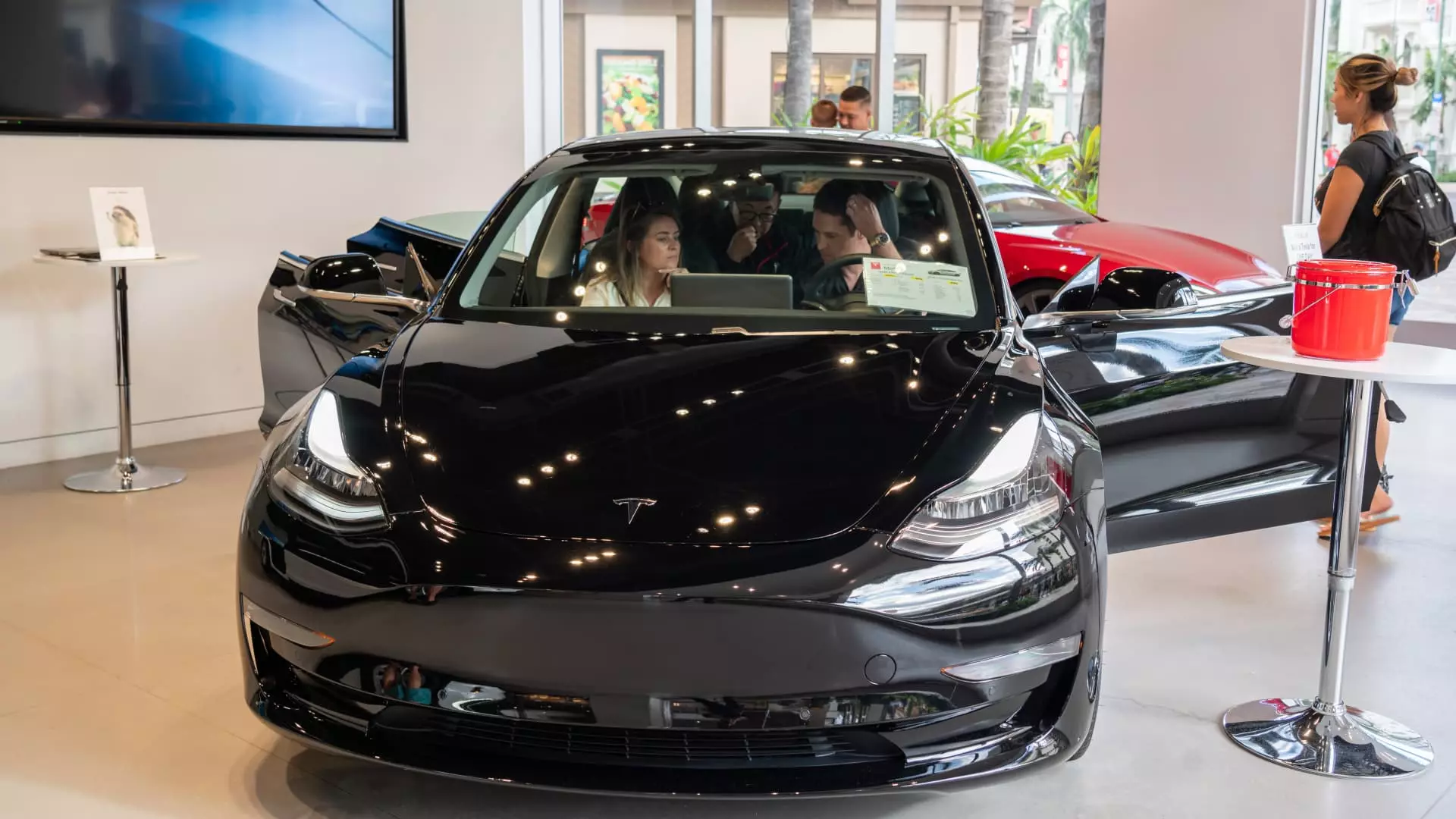Electric vehicle (EV) adoption in the United States has been slower than anticipated, but one surprising leader in this movement is Hawaii. Ranking fifth in overall EV adoption, Hawaii has shown significant growth in the transition to electric vehicles. Factors contributing to this surge in EV adoption are unique to the island state, including high fuel costs, availability of renewable energy for charging, and a cultural emphasis on environmental stewardship.
High Fuel Costs
One of the primary drivers of EV adoption in Hawaii is the high cost of gasoline. With an average price of $4.72 per gallon, Hawaii’s gas prices are second only to California, significantly higher than the national average of $3.62 per gallon. As a result, consumers are looking for alternative options that can help them save money on transportation expenses, making electric vehicles an attractive choice.
Hawaii’s cultural values also play a significant role in the adoption of EVs. The concept of “Aina,” which translates to land or environment in Hawaiian, instills a sense of pride and responsibility towards preserving the natural beauty of the islands. This cultural ethos fosters a greater willingness among Hawaii residents to embrace sustainable practices, such as driving electric vehicles, to reduce their environmental impact.
Another key factor contributing to the rise of EV adoption in Hawaii is the availability of renewable energy sources for charging. The state’s abundant sunlight and strong winds make it an ideal location for generating clean energy. As a result, consumers have access to eco-friendly charging options, reducing their reliance on fossil fuels and supporting the state’s commitment to sustainability.
Unlike mainland states, road trip concerns are less of an issue in Hawaii due to its island geography. With limited distances to travel between destinations, residents are less worried about range anxiety or the need for extensive charging infrastructure. This lack of road trip constraints makes the transition to electric vehicles smoother and more practical for Hawaii residents.
While Hawaii has made significant strides in EV adoption, there are still challenges that need to be addressed. Issues such as affordability, lack of charging infrastructure, and limited vehicle choices continue to hinder widespread adoption of electric vehicles. Despite these obstacles, the growing interest in EVs among consumers and the introduction of new models like Kia’s EV9 SUV present opportunities for further expansion of the electric vehicle market in Hawaii.
Hawaii’s unique combination of high fuel costs, cultural values, renewable energy availability, and geographic factors have contributed to the state’s rising adoption of electric vehicles. By addressing existing challenges and leveraging its strengths, Hawaii has the potential to become a model for sustainable transportation practices and lead the way in embracing the future of electric mobility.


Leave a Reply